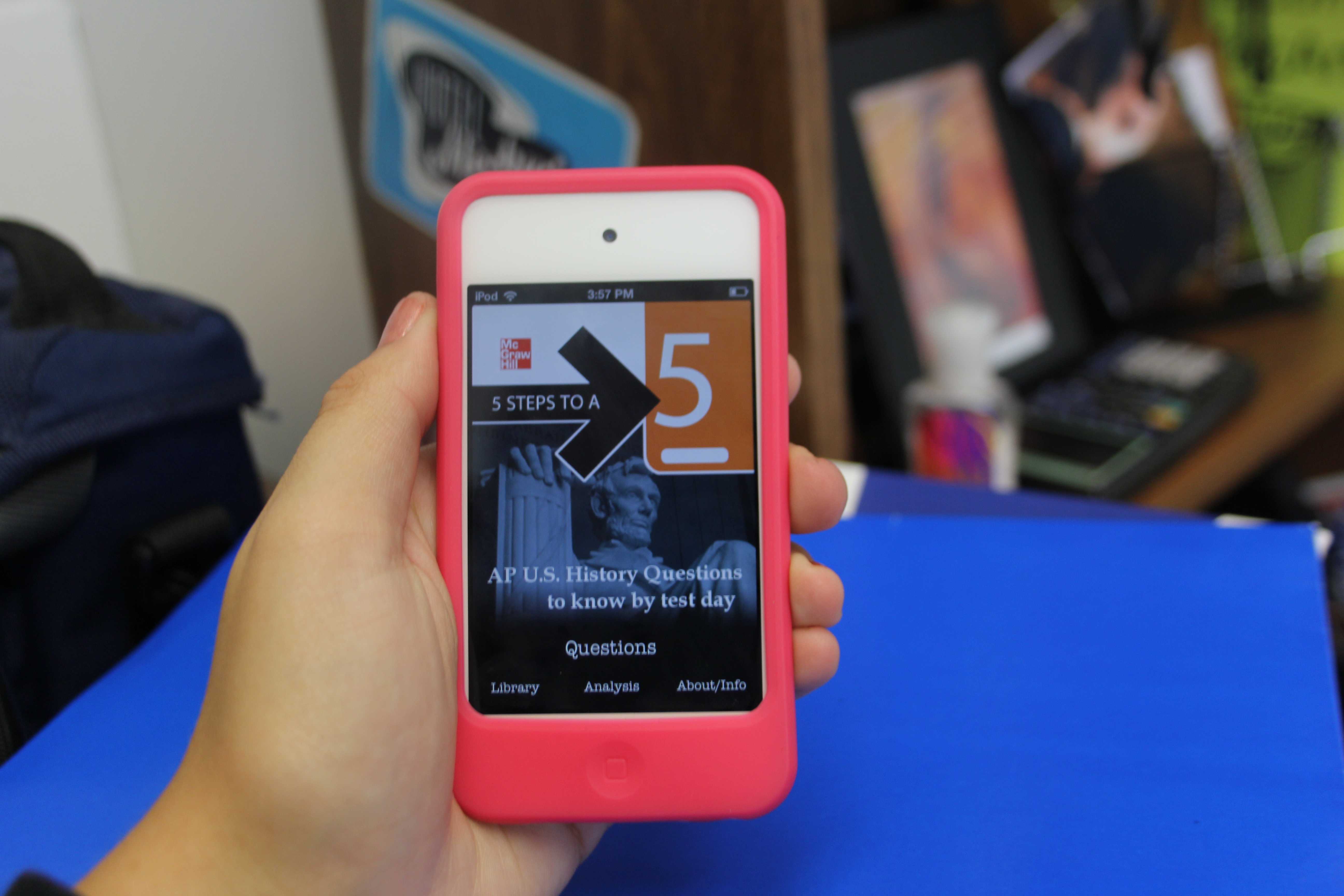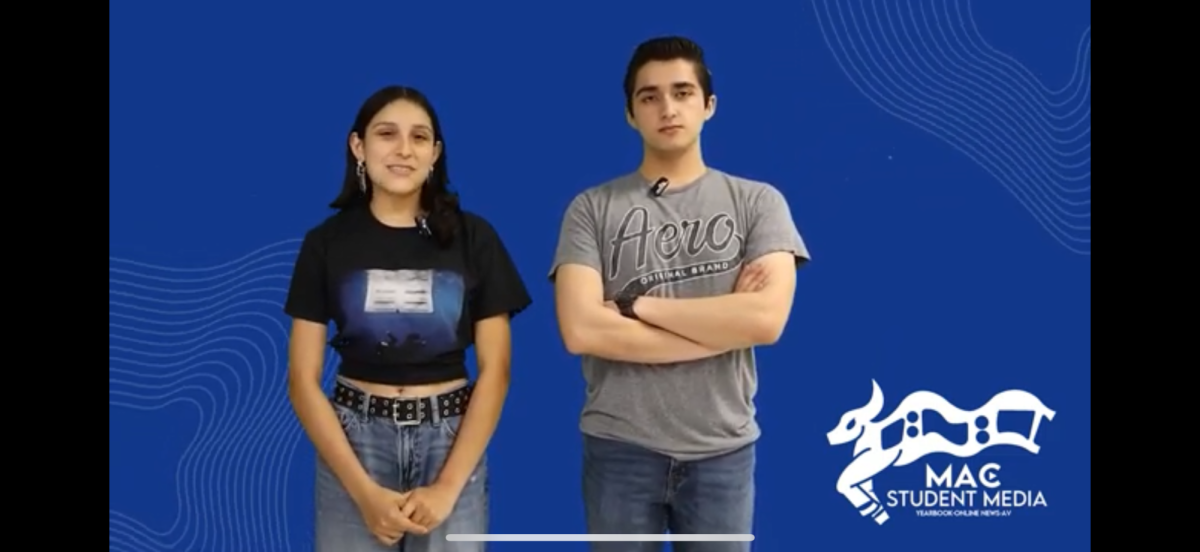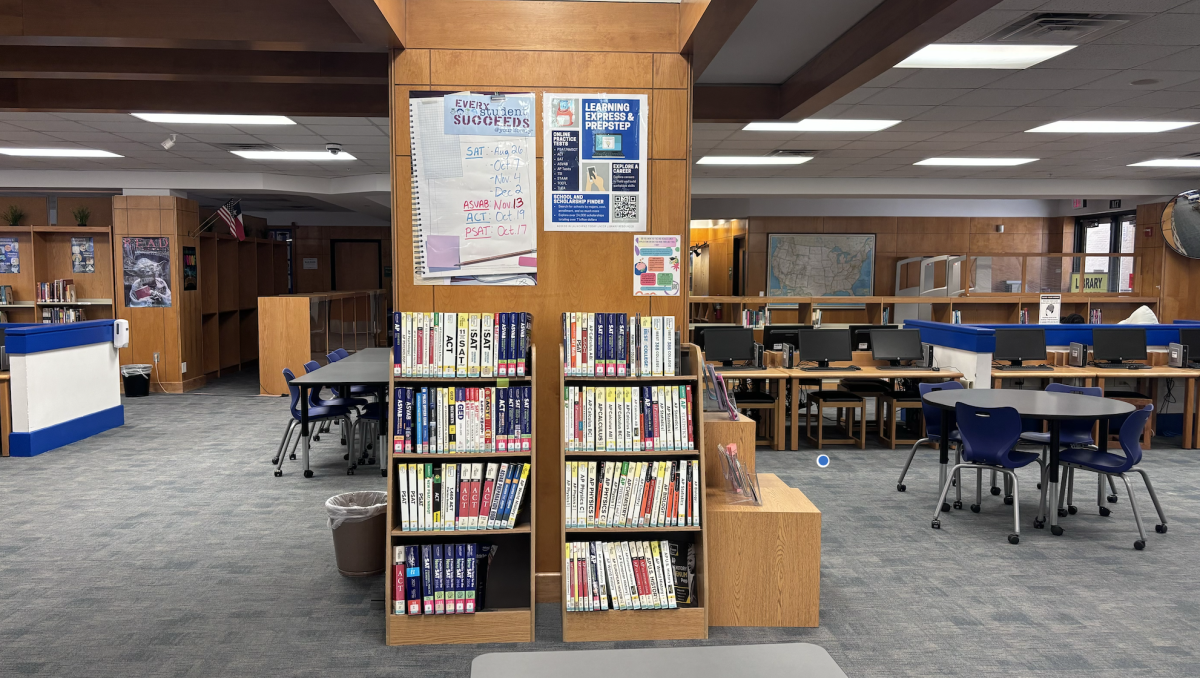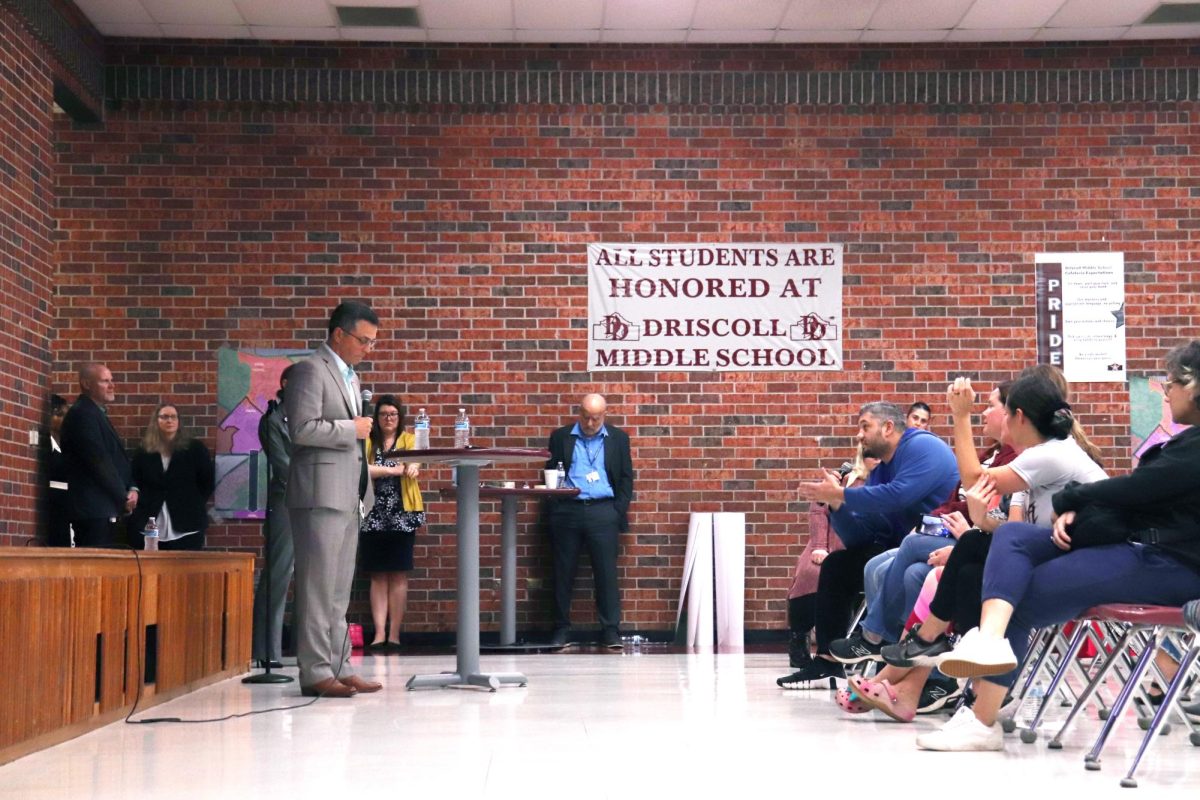
Photo by Jacey Yarbrough
There is an increasing impulse from their teachers for students to use smart phones in class. Allowing students to Google words, download applications, and even go as far as suggesting students to follow teachers on social media sites, creates a confusing barrier for the rules of phone usage. The younger generation hears constant complaints from adults about the dependency on technology. Yet we are encouraged in school to do so. Finding a common middle ground between distraction and increased communication can be a simple learning tool to engage students, but pushing the border can cause a distraction detrimental to the learning environment.
Whether teachers like it or not, students will use their smart phones in class. Texting, online games, and social media will almost always be more entertaining than taking notes during a lecture, but when teachers invite students on to social media sites, it crosses the line. The teachers understand that children are glued to bright phone screens and want to work with the technology obsession, not against it, but going too far is creating a personal twitter and inviting students to follow so they can keep up with homework and class reminders. This attempt to engage by reminding them to do work removes the responsibility factor of personal preparedness. All teachers want their classes to succeed, but if students cannot take a few seconds to write down the class agenda, like in elementary school, then their success should lay upon them.
Students that have smart phones may represent the majority, but if they are wanting it to be used as an education innovation, then all students must be supplied with one. Thus, excluding the not-so-privileged students from participating in offered extra learning activities. According to KENS5, Georgetown ISD, located in Georgetown Tx, has a BYOD ( Bring Your Own Device) policy in the educational classroom. Georgetown students use the open school wifi to operate their device, use applications created by teachers, and even answer questions via text message. The students who don’t have a personal device share with another student or check one out from the district. The policy is attempting to grasp students attention by creating these opportunities, but they are still not an equal educational environment because students with personal smartphones still maintain the upper hand regarding homework and other technology based activities.
This policy can and will be implemented in the majority of schools across Texas, but in order for it to be completely educational, teachers will have to stand over the students shoulders, which is an invasion of privacy. Technology is always moving forward and it’s logical for education to follow, but without the equal opportunity and crossing the personal line between educator and students, it will not become as beneficial as desired.


















